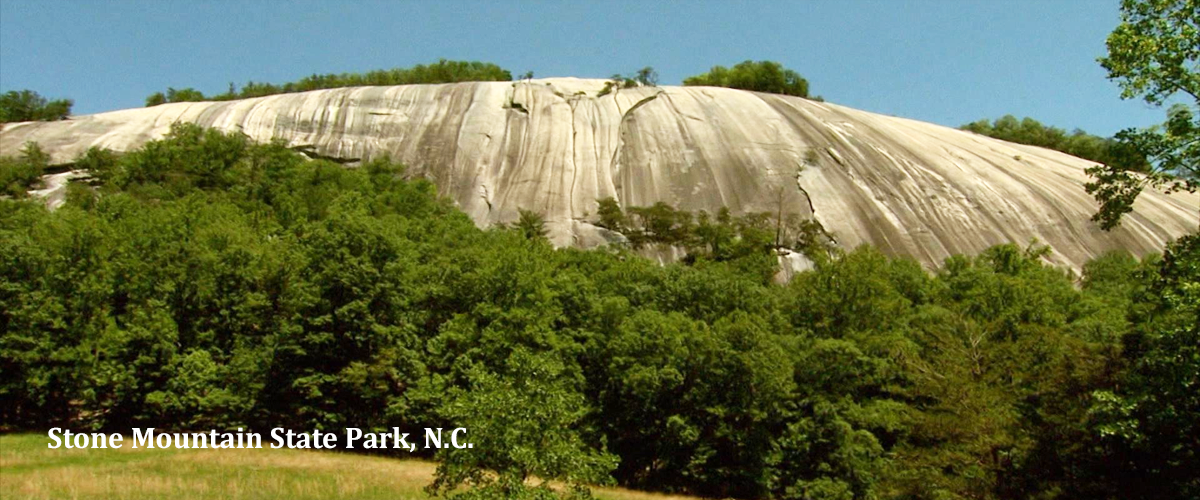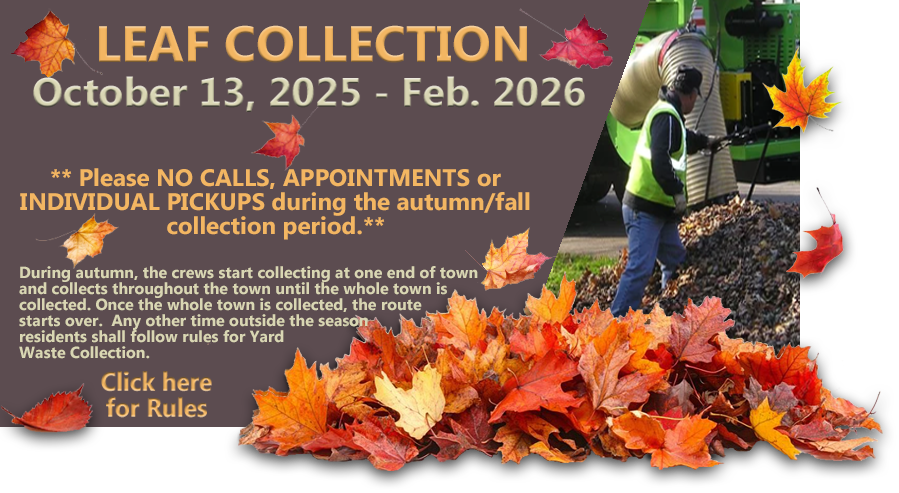home > departments > planning & community development > department forms > floodplain Management
FLOODPLAIN MANAGEMENT
Historically, people have been attracted to water for industry, commerce, living, and recreation. During early settlement and development in the US, locations near water were a necessity for transportation, waterpower, water supply, and contained fertile soils for agricultural use. This pattern of development continued as communities grew to their present form.
When the natural process is unaltered by human activity, flooding is not a problem. In fact, species of plants and animals that live near water are adapted to periodic flooding. Flooding is only considered a problem when human development is located in flood-prone areas. Problems can result which expose people to dangerous situations and property damage. Flooding can also disrupt the natural functions of floodplains and redirecting surface flows onto lands that are not normally subject to flooding.
Communities do not have to endure the dangers and damages that have resulted from unwise use of floodplains. These are done through guiding and regulating development activities in flood-prone areas and these set of activities are known as Floodplain Management[1].
FORM:
RESOURCES:
FEMA Fact Sheet about Flood Insurance
![]() Floodplain Insurance Study - Wilkes County
Floodplain Insurance Study - Wilkes County
![]() FEMA 5 year Plan for North Carolina
FEMA 5 year Plan for North Carolina
![]() User's Guide to Technical Bulletins
User's Guide to Technical Bulletins
![]() Technical Bulletin 1 - Opening Foundation Walls & Walls of Enclosure
Technical Bulletin 1 - Opening Foundation Walls & Walls of Enclosure
![]() Technical Bulletin 2 - Flood Damage-Resistent Material Requirements
Technical Bulletin 2 - Flood Damage-Resistent Material Requirements
![]() Technical Bulletin 3 - Non-Residential Floodproofing Requirements & Certification
Technical Bulletin 3 - Non-Residential Floodproofing Requirements & Certification
![]() Technical Bulletin 4 - Elevator Installation
Technical Bulletin 4 - Elevator Installation
![]() Technical Bulletin 5 - Free-of-Obstruction Requirements
Technical Bulletin 5 - Free-of-Obstruction Requirements
![]() Technical Bulletin 6 - Below-Grade Parking Requirements
Technical Bulletin 6 - Below-Grade Parking Requirements
![]() Technical Bulletin 7 - Wet Floodproofing Requirements)
Technical Bulletin 7 - Wet Floodproofing Requirements)
![]() Technical Bulletin 8 - Corrosion Protection for Metal Connectors in Coastal Areas
Technical Bulletin 8 - Corrosion Protection for Metal Connectors in Coastal Areas
![]() Technical Bulletin 9 - Design & Construction Guidance for Breakaway
Technical Bulletin 9 - Design & Construction Guidance for Breakaway
![]() Technical Bulletin 10 - Ensuring that Structures Built on Fill-in or Near Special Flood Hazard Areas are Reasonably Safe from Flooding
Technical Bulletin 10 - Ensuring that Structures Built on Fill-in or Near Special Flood Hazard Areas are Reasonably Safe from Flooding
![]() Technical Bulletin 11 - Crawlspace Construction for Buildings located in Special Flood Hazard Areas
Technical Bulletin 11 - Crawlspace Construction for Buildings located in Special Flood Hazard Areas
![]() [1] Carryout Floodplain Management in your Locality
[1] Carryout Floodplain Management in your Locality
















 Join us in Historic Downtown Wilkesboro on Saturday, December 6th from 3:30–8:00 PM for Christmas in the Commons, a festive evening filled with holiday cheer, family fun, and twinkling lights. The celebration begins as the Wilkes County Storybook Christmas Parade (sponsored by Wilkes Chamber of Commerce) passes through Historic Downtown Wilkesboro between 3:15 and 3:30 PM, followed by the opening of food trucks along North Bridge Street at 3:30 PM. Throughout the Carolina West Wireless Community Commons/River Street Pavilion and Heritage Square, families can enjoy a variety of kids’ activities, including a photo booth, the Little Mountain Railroad Christmas Train, and a giant snowman bounce house, along with additional festive attractions. The Wilkes County Public Library will be offering holiday activities for all ages and Carolina West Wireless will have their mobile store on site. From 5:30–8:00 PM, Santa and Mrs. Claus will be available for magical meet-and-greets, and the evening will conclude with the Heritage Square Christmas Tree Lighting Ceremony at 7:00 PM, bringing the community together to welcome the holiday season. All activities are free and open to the public, and everyone is invited to celebrate the magic of Christmas in Historic Downtown Wilkesboro.
Join us in Historic Downtown Wilkesboro on Saturday, December 6th from 3:30–8:00 PM for Christmas in the Commons, a festive evening filled with holiday cheer, family fun, and twinkling lights. The celebration begins as the Wilkes County Storybook Christmas Parade (sponsored by Wilkes Chamber of Commerce) passes through Historic Downtown Wilkesboro between 3:15 and 3:30 PM, followed by the opening of food trucks along North Bridge Street at 3:30 PM. Throughout the Carolina West Wireless Community Commons/River Street Pavilion and Heritage Square, families can enjoy a variety of kids’ activities, including a photo booth, the Little Mountain Railroad Christmas Train, and a giant snowman bounce house, along with additional festive attractions. The Wilkes County Public Library will be offering holiday activities for all ages and Carolina West Wireless will have their mobile store on site. From 5:30–8:00 PM, Santa and Mrs. Claus will be available for magical meet-and-greets, and the evening will conclude with the Heritage Square Christmas Tree Lighting Ceremony at 7:00 PM, bringing the community together to welcome the holiday season. All activities are free and open to the public, and everyone is invited to celebrate the magic of Christmas in Historic Downtown Wilkesboro.